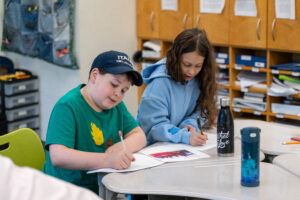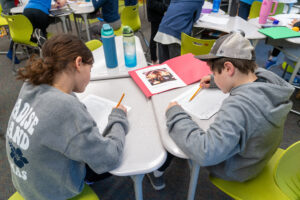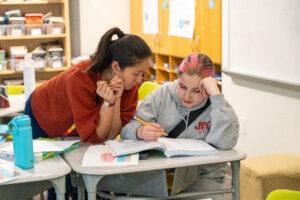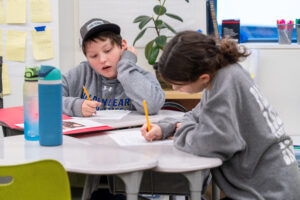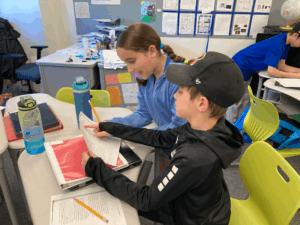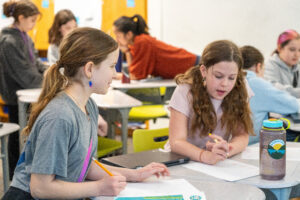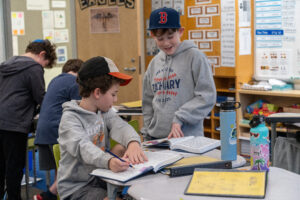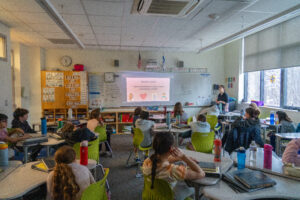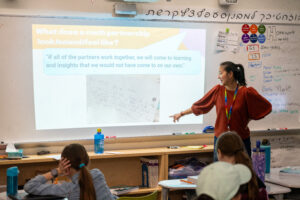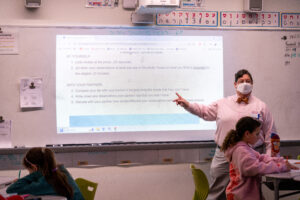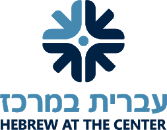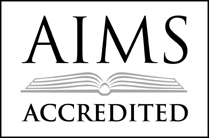In these lessons, the PoP method helps students gain new understandings of content that they may not have otherwise encountered. Students often bring differing perspectives and interpretations to their partnerships, exposing their peers to new ideas and demonstrating that analysis does not always lead to one definitive conclusion. These partnerships also help students hone skills for collaborating with others, coming to agreements, presenting evidence to support their ideas, and maintaining a healthy dialogue. Finally, teachers report that students are highly engaged and excited about lessons when using this method.
PoP also equips students with important skills for the future. PoP says that experienced students engage more meaningfully with ideas, content, and other people because of the relational approach to the world that they learn to hone, becoming skilled critical thinkers with strong emotional intelligence.
Students are also instructed in specific skills for partner work and engaging with texts, which can be applied to academic and non-academic settings throughout their lives. PoP materials often guide students step-by-step through partner work by prompting different ways to engage with texts and one another and connecting this to named skills such as noticing, listening & articulating, wondering & focusing, and supporting & challenging.

